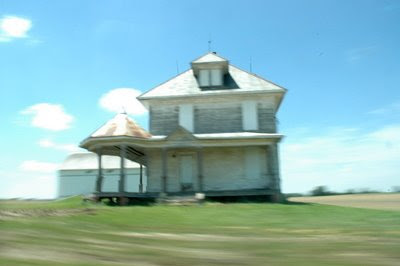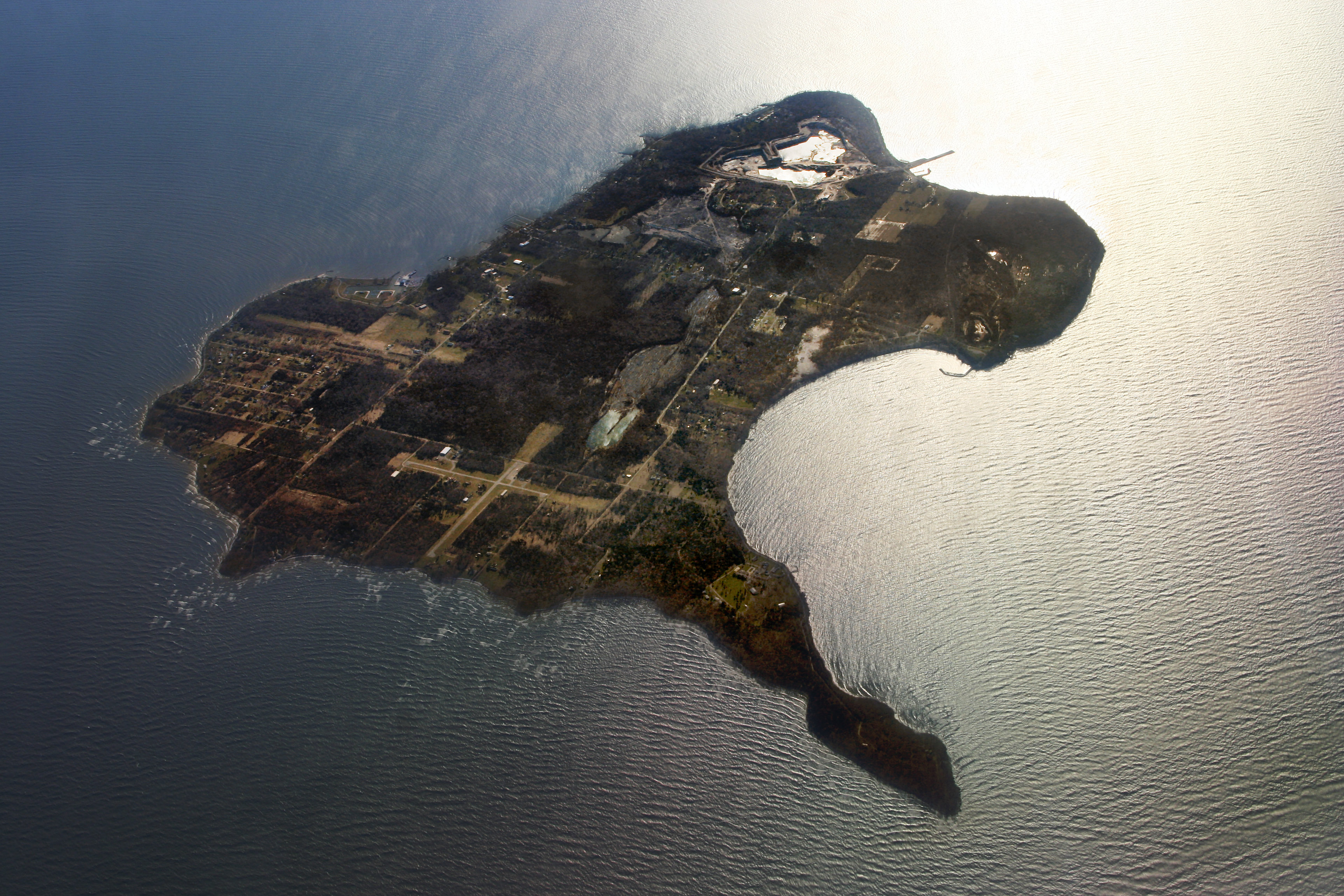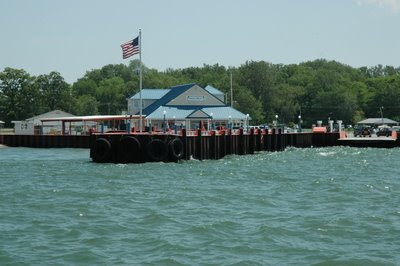


About a week ago, I walked down to the Olentangy one evening about 7:00 to see what I could see dragonfly wise. Sure enough, the river did not disappoint, and I spotted a species that I missed last year. This dragon is called the prince baskettail. I've since learned that it is common in Ohio around ponds and lakes, and apparently even rivers. This dragon was flying back and forth along the riverbank, darting off course occasionally to gobble up a mosquito. I think the most interesting part of this creature are its green eyes.
You may have noticed that I've been much more quiet now that field season is fully here. During the winter and spring, I had plenty of spare time to blog and read other blogs. Now that the field season is here, I'm working irregular hours driving to the extreme corners of the state to botanize. So far it has been a fantastic summer, and I have really been focusing on learning the sedges, or Carex species, that grow in Ohio. My plant presses are full of specimens.
And on the home front, as you probably know, Megan and I have been looking for a house for about two months. Well, I think that we are far enough along in the process that I can announce that "WE HAVE FOUND A HOUSE!" We are in contract, have been through inspections, requests to remedy, final mortgage approval and we are set to close on July 14th. What a day that will be- the day we purchase our first house.
The house is in Worthington, Ohio, a suburb of Columbus. The house itself lies 2.7 miles north of our current home. I'll be a little farther from the river, but still a very quick bike ride away. I'm looking to expand my horizons. Instead of just going to Kenney Park to naturalize, I'll get on my bike, have the camera, and zip up and down the river corridor. From our new house's neighborhood, we have direct access to the Olentangy River Bikeway. This path travels all the way south through campus (of The Ohio State University) and then down to downtown all the way to where the Olentangy meets up with the Scioto River. I'm looking forward to learning about the Olentangy in even more depth. Who knows, maybe there will be a more diverse dragonfly fauna up north.
And finally, one of the coolest things about our new house is the gigantic bur oak, a gorgeous specimen, that grows in the backyard. It has a diameter at breast height (a forestry term, really) of four feet! More on the house and the tree to come, including a historical look at our neighborhood when this tree was literally the only one on the block.

Tom


























































